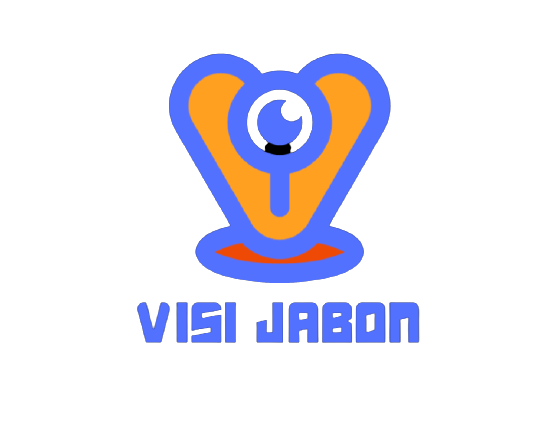Hey there, fellow beginners in the world of CNC machining! Are you feeling a bit overwhelmed or confused by the concept of “Design for CNC Machining”? Don’t worry, because we’ve got your back. In this comprehensive guide, we’re going to demystify the fundamentals of CNC technology and explore how designing specifically for CNC machining can open up a world of possibilities. So, grab a cup of coffee, sit back, and let’s embark on this exciting journey of unraveling the secrets behind this revolutionary manufacturing process. Here are some blogs you should know.
Understanding CNC Machining: Beyond the Acronym
Let’s start by breaking down the acronym itself. CNC stands for Computer Numerical Control, but what does that really mean? In simple terms, it refers to the automation of machine tools through the use of computers. Gone are the days of manual control; CNC machining utilizes programmed instructions to precisely control the movement of tools and machinery.
The Marvels of CNC Machining
Now, let’s talk about the reasons why CNC machining has taken the manufacturing world by storm:
Unparalleled Precision: CNC machines offer a level of precision that is simply mind-boggling. They can produce intricate and complex designs with consistent accuracy, ensuring that your creations are nothing short of perfect.
Enhanced Efficiency: Picture this: automated processes, reduced human error, and increased production speed. That’s what CNC machining brings to the table. By optimizing workflows and eliminating manual labor, CNC machines streamline the manufacturing process, saving you valuable time and resources.
Versatility Galore: Whether you’re working with metals, plastics, composites, or a variety of materials, CNC machines have got your back. They can effortlessly handle different materials, making them ideal for a wide range of industries and applications.
Consistent Quality: With CNC machining, every product or component that comes out of the machine is identical to the original design. Say goodbye to inconsistencies and hello to reliable quality control.
Flexibility for Design Changes: Need to make tweaks to your design? No problem! CNC machines excel at accommodating design changes, making them perfect for rapid prototyping and iterative design processes.
Designing for CNC Machining: Key Considerations for Success
Now that we understand the wonders of CNC machining, let’s delve into the nitty-gritty of designing specifically for this technology. Here are some essential considerations to keep in mind:
Material Selection: Different materials have unique properties and machining requirements. It’s crucial to understand these characteristics to optimize your designs for CNC machining.
Geometry and Tolerances: Designers must consider the capabilities and limitations of CNC machines when creating part geometries and specifying tolerances. By understanding these factors, you can ensure manufacturability and avoid costly errors.
Tool Selection: Choosing the right cutting tools and machining strategies can significantly impact the outcome. Collaborating with CNC programmers will help you identify the optimal tooling solutions for your design.
Design for Assembly: Streamline the manufacturing process by designing parts with ease of assembly in mind. This approach reduces production time, costs, and potential complications during assembly.
Tips and Tricks for Successful Designing for CNC Machining
Ready to take your designs to the next level? Consider these practical tips:
Simplify Complex Geometries: Keep it simple! Minimize unnecessary complexities in your design to improve machining efficiency and reduce the risk of errors.
Optimize Tool Paths: Work closely with CNC programmers to optimize tool paths. By doing so, you can maximize machining efficiency, reduce cycle times, and ultimately cut down on costs.
Mindful Material Wastage: Efficient nesting and optimal utilization of raw materials can minimize waste and save you money in the long run. Let’s be eco-friendly while we’re at it!
Embrace Iterative Design: Don’t be afraid to prototype your designs and iterate based on feedback and testing. This iterative approach allows you to fine-tune your designs for optimal performance and manufacturability.
Conclusion
Congratulations, dear beginners! You’ve taken a deep dive into the world of CNC machining and learned how designing specifically for this technology can unlock a whole new realm of possibilities. With its unmatched precision, enhanced efficiency, versatility, and consistent quality, CNC machining offers numerous advantages across various industries.
So, grab your creativity by the horns and embrace the power of “Design for CNC Machining.” Let your imagination run wild and watch as your designs come to life with utmost precision. Remember, the journey has just begun, and there’s so much more to explore in the realm of precision manufacturing. Happy CNC machining!









